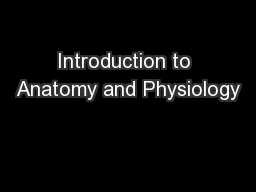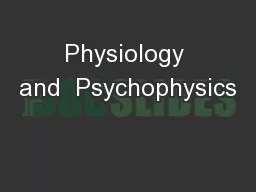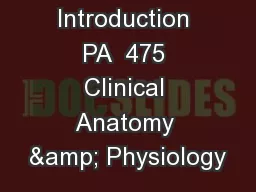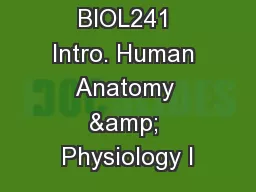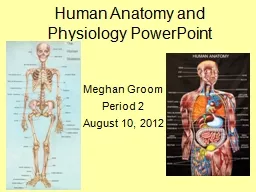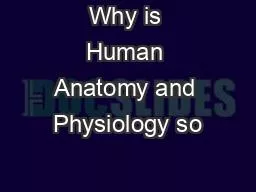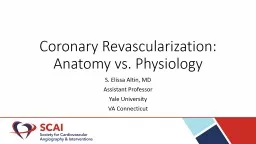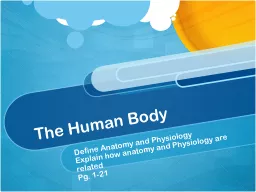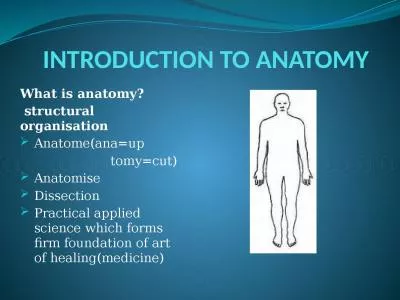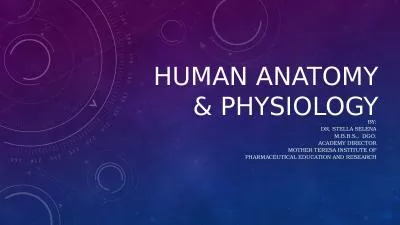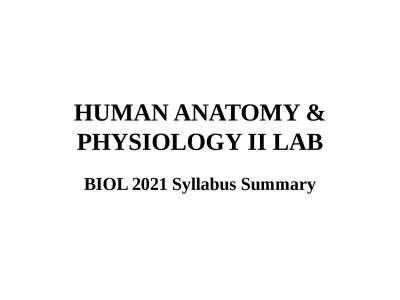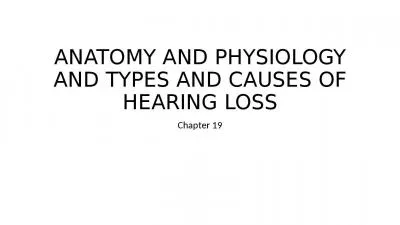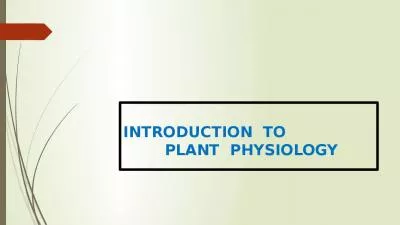PPT-Introduction to Anatomy and Physiology
Author : karlyn-bohler | Published Date : 2018-01-20
Syllabus Course design Blackboard Grading scheme Class rules and policies New edition of textbook came out this fall 2 nd Edition Old edition is okay to use Lab
Presentation Embed Code
Download Presentation
Download Presentation The PPT/PDF document "Introduction to Anatomy and Physiology" is the property of its rightful owner. Permission is granted to download and print the materials on this website for personal, non-commercial use only, and to display it on your personal computer provided you do not modify the materials and that you retain all copyright notices contained in the materials. By downloading content from our website, you accept the terms of this agreement.
Introduction to Anatomy and Physiology: Transcript
Download Rules Of Document
"Introduction to Anatomy and Physiology"The content belongs to its owner. You may download and print it for personal use, without modification, and keep all copyright notices. By downloading, you agree to these terms.
Related Documents

